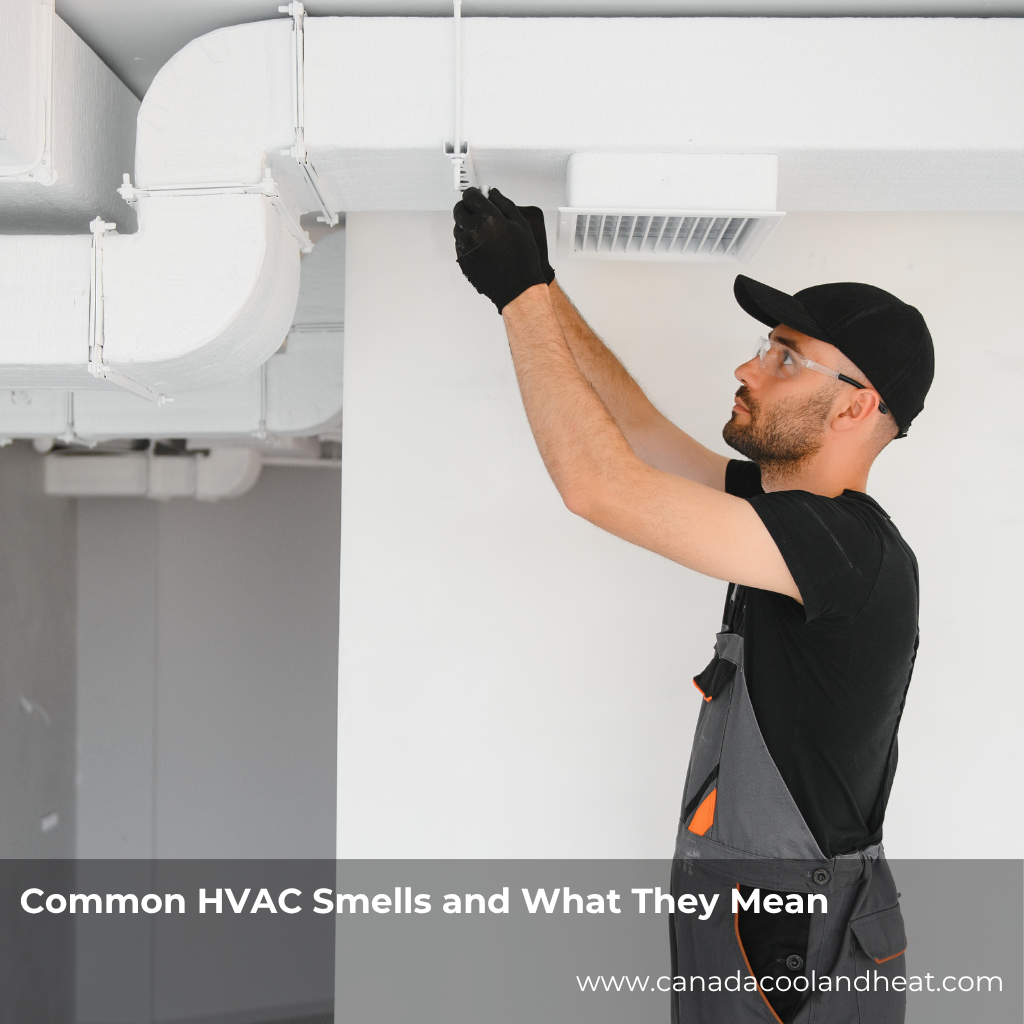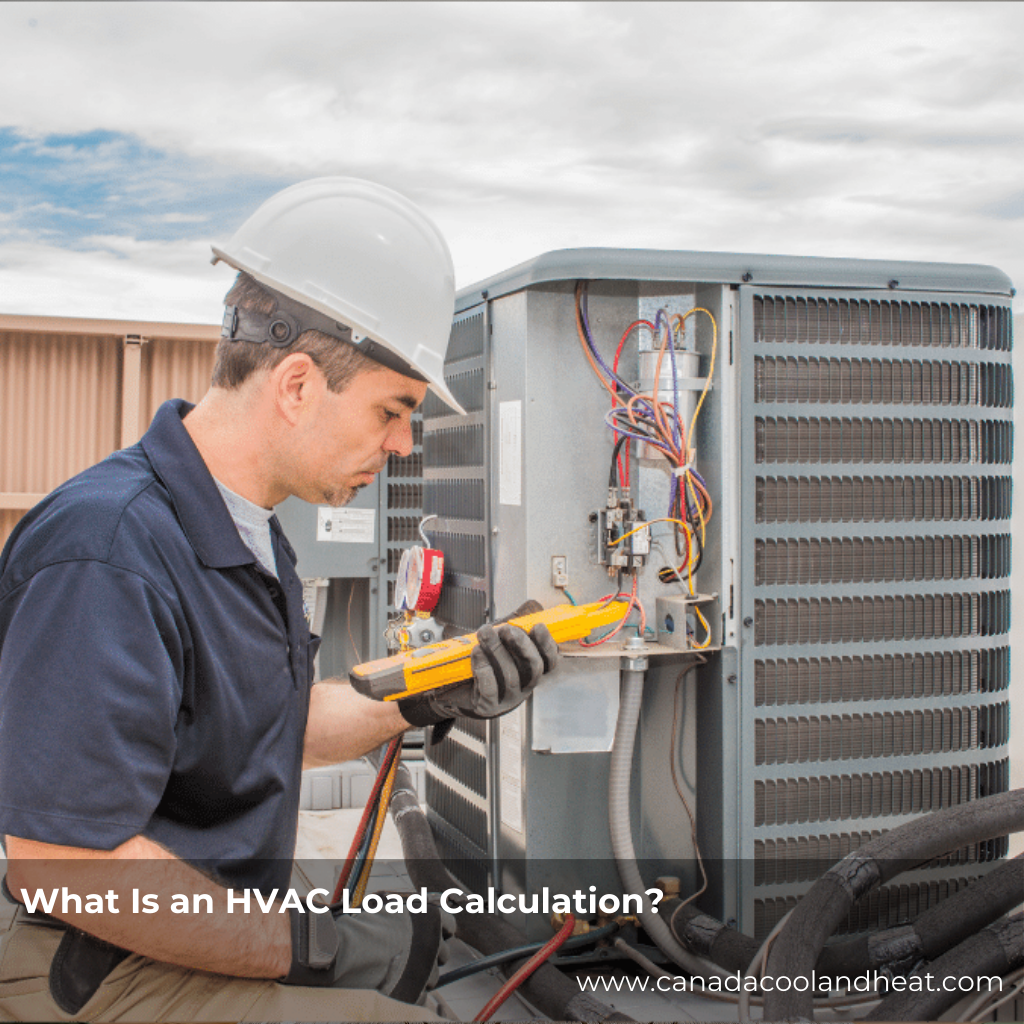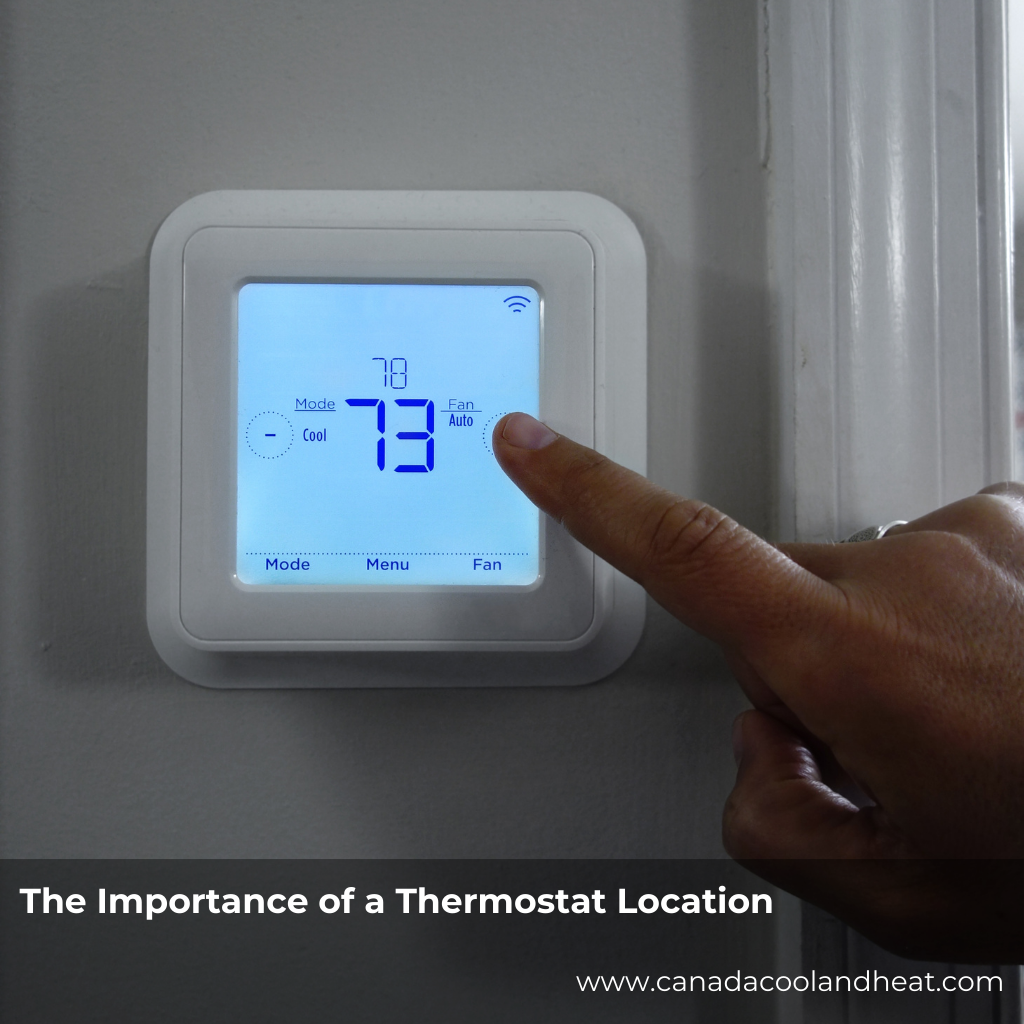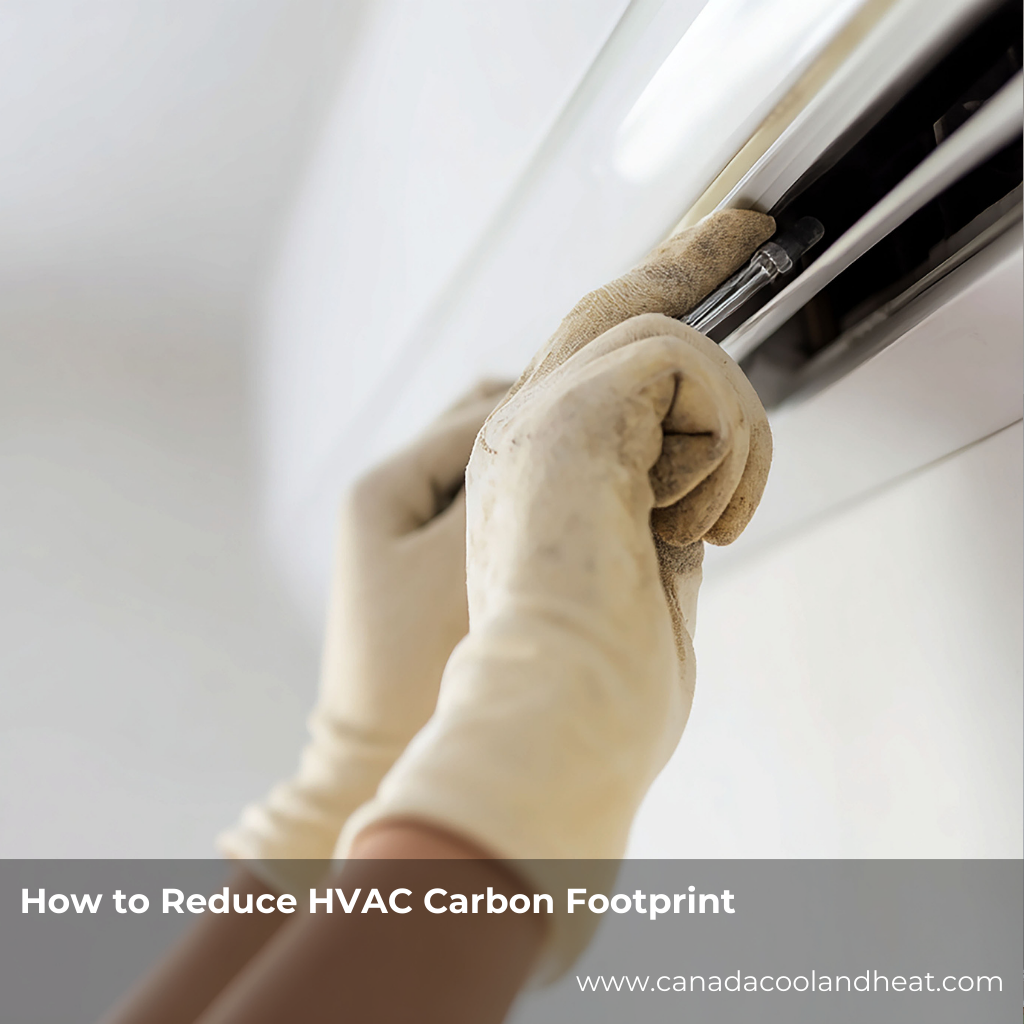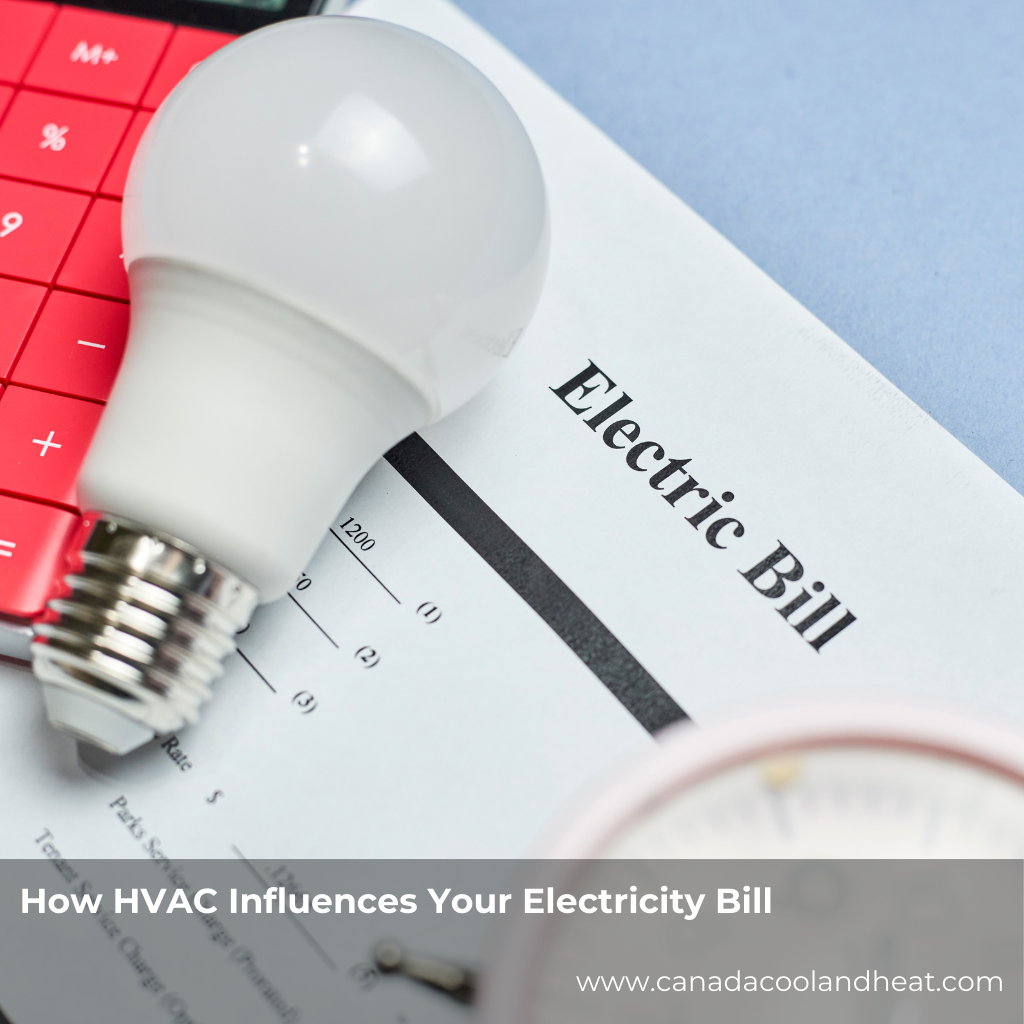Introduction: When Your HVAC Tells a Story
Have you ever walked into your kitchen and caught a strange whiff of something that didn’t belong? Maybe it’s a faint burning odor, a musty smell, or that lingering cooking aroma that refuses to leave. Your HVAC system and kitchen vent hood might be trying to tell you something. These smells aren’t just unpleasant—they can reveal a lot about how well your home’s ventilation system is functioning.
In this article, we’ll explore what common HVAC smells mean, how proper ventilation for cooking impacts indoor air quality, and why balancing your vent hood HVAC kitchens setup matters more than most homeowners realize.
The Nose Knows: Common HVAC Smells and Their Meanings
Every smell has a story. Some are harmless; others need immediate attention.
1. Burning or Electrical Smell
If you notice a burning odor when your HVAC starts up, it might be dust burning off heating elements after a long period of disuse. However, if the smell persists or resembles burning plastic, it could indicate an electrical issue. Turn off your system immediately and call an HVAC technician.
2. Musty or Moldy Smell
A musty scent usually means moisture has found a home in your ducts or evaporator coils. Mold and mildew thrive in damp environments, and kitchens are notorious for humidity buildup. This is where vent hood HVAC kitchens design plays a major role—a good vent hood removes steam and moisture before it circulates through your HVAC system.
3. Rotten Egg or Sulfur Smell
This one is serious. A sulfur-like odor may indicate a natural gas leak. Leave your home immediately and contact your gas company or emergency services.
4. Chemical or Sweet Smell
A chemical scent may mean refrigerant is leaking from your HVAC system. A sweet, chloroform-like smell often accompanies this. Don’t ignore it—refrigerant leaks not only reduce system efficiency but can also harm indoor air quality.
5. Lingering Cooking Odors
If your kitchen smells like last night’s dinner long after cleanup, it’s a ventilation problem. A properly sized and balanced range hood helps remove airborne grease, smoke, and food odors before they infiltrate your HVAC system.
How Proper Ventilation for Cooking Impacts Indoor Air Quality
Cooking releases fine particles, moisture, and gases into the air—everything from water vapor to nitrogen dioxide. Without proper ventilation, these byproducts can circulate through your home and even settle into your HVAC ducts.
A high-quality range hood acts like your kitchen’s first line of defense. It captures contaminants at the source and vents them outside. But there’s a catch: your HVAC system and vent hood must work together.
When you turn on your range hood, it pulls air out of your home. If your HVAC isn’t properly balanced, that negative pressure can pull outdoor air (and all its pollutants) right back in through cracks, chimneys, or vents. This not only affects comfort but also energy efficiency.
The Balance Act: How Range Hoods Affect HVAC Systems
The relationship between your kitchen vent hood and HVAC system is delicate. Too powerful a vent hood can actually disrupt air balance in your home.
Here’s how:
- Air Pressure Imbalance: Large range hoods can create negative pressure, forcing your HVAC system to work harder to compensate.
- Energy Efficiency: When conditioned air is exhausted too quickly, your HVAC system must heat or cool replacement air more frequently.
- Backdrafting Risk: Powerful hoods can pull combustion gases (from gas stoves or water heaters) back into your living space if makeup air isn’t provided.
The solution? A properly designed makeup air system that replaces the air your hood removes. Modern HVAC setups for kitchens often integrate automatic dampers that allow outdoor air to flow in safely when the range hood operates.
Sizing Guidelines: Choosing the Right Range Hood for Your Kitchen
A key part of keeping your HVAC system balanced is selecting the correct hood size and airflow capacity.
Here’s a quick guide:
| Type of Cooktop | Recommended CFM (Cubic Feet per Minute) |
|---|---|
| Electric Range | 100 CFM per linear foot of cooktop |
| Gas Range | 150 CFM per linear foot of cooktop |
| High-Output or Commercial Style | 600–1200+ CFM depending on use |
Additional Tips:
- The vent hood should cover the entire width of the cooking surface.
- For wall-mounted hoods, extend coverage 3 inches beyond each side of the cooktop if possible.
- Use smooth, short duct runs with minimal bends for optimal airflow.
By following these guidelines, you’ll keep your vent hood HVAC kitchens setup both efficient and balanced.
Conclusion: Follow Your Nose to a Healthier Home
Your HVAC system is more than a comfort machine—it’s part of your home’s breathing system. Strange smells, lingering cooking odors, or persistent mustiness are signs that your ventilation might need attention. A properly balanced vent hood and HVAC system can make all the difference in maintaining a fresh, comfortable, and safe home.
If your kitchen or HVAC system gives off smells you can’t explain, don’t ignore them. Sometimes, your home’s air is simply asking for a little balance.
Frequently Asked Questions
1. Why does my HVAC smell like food after cooking?
Your vent hood might not be capturing enough air, or the hood’s exhaust system could be undersized. Make sure your vent hood and HVAC are properly balanced.
2. How often should I clean my kitchen vent hood filters?
At least once a month for heavy cooking, or every three months for lighter use. Grease buildup can restrict airflow and recirculate odors.
3. Can a vent hood affect my HVAC energy bills?
Yes. An unbalanced or overly powerful hood can cause your HVAC system to compensate for lost air, increasing energy use.
4. What’s the best CFM for a home kitchen hood?
Most home kitchens do well with 300–600 CFM, depending on stove type and frequency of use.
5. How do I know if my HVAC needs rebalancing?
Uneven temperatures, lingering smells, or drafts are common signs. An HVAC technician can test and adjust air pressure.
6. Should I install a makeup air system?
If your hood exceeds 400 CFM, building codes often require it. Makeup air systems ensure fresh air replaces what’s exhausted.
7. Can poor kitchen ventilation cause health issues?
Yes. Cooking pollutants and moisture can contribute to respiratory irritation and mold growth if not properly vented.
8. How long should I run my range hood after cooking?
Run it for 10–20 minutes after cooking to remove lingering moisture and odors.
9. Is ductless recirculating hood good enough?
They help filter grease and odors but don’t remove humidity or gases. Ducted hoods are better for air quality.
10. When should I call an HVAC technician?
If smells persist or you notice inconsistent airflow, call a professional to inspect both the hood and HVAC system.

